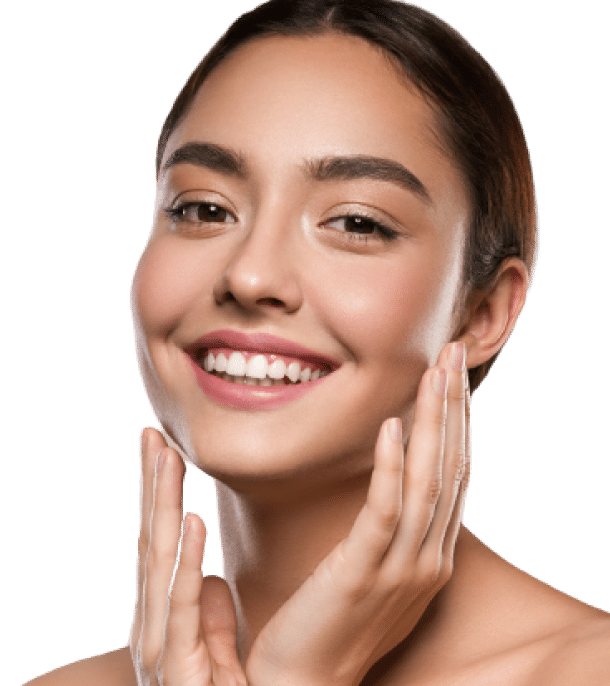What is Lower Eyelid Blepharoplasty?
Description
As we age, the lower eyelid can develop bags, puffiness, excess skin, and/or dark circles. On occasion, some people may develop lower eyelid bags as early as age 20s and 30s due to their genetics. There may be generalized volume loss in the face as well. These changes can create a tired, exhausted appearance even if you feel great inside.
Lower eyelid surgery may be a beneficial procedure to help address these concerns, rejuvenating your lower eyelid appearance.
Procedure
Lower eyelid surgery, also known as lower eyelid blepharoplasty, is an outpatient procedure that typically is performed with sedation anesthesia in the operating room. The procedure may take anywhere from 1-2 hours depending on what is exactly addressed with the surgery. There are many ways to perform a lower eyelid blepharoplasty and the method selected will depend on the examination findings. Dr. Patel’s preferred technique is to make a hidden incision on the inside of the lower eyelid to sculpt the fat bags and reposition the fat to fill in the tear trough hollows below. In addition, an incision may be made on the skin just below the lashes to address the redundant skin if indicated. Some patients have significant excess lower eyelid skin in which case, Dr. Patel may perform the entire procedure with the skin incision only. Fortunately, this incision hides extremely well just below the lashes and the scar is typically imperceptible.
Classically, a lower eyelid blepharoplasty was performed by removing excess fat and skin. However, we later learned that many of these patients end up looking hollow and sunken in over time. In addition, the lower eyelid could droop leading to dry eye symptoms. Dr. Patel almost exclusively performs fat repositioning with his lower eyelid surgery. This means instead of removing the excess fat, the majority of it is preserved and repositioned adding volume to the cheek to fill in the tear trough while eliminating the bags from the eyelid. This helps preserve facial volume, creating a smooth transition from eyelid to cheek leading to a more youthful, refreshed appearance to your eyes. This is a more technically challenging procedure than traditional lower eyelid blepharoplasty making the operation slightly longer however the long term results tend to be superior in Dr. Patel’s opinion.
Recovery
As with upper eyelid blepharoplasty, there should be minimal to no pain after the procedure. Swelling and bruising does tend to be more prominent than with an upper eyelid blepharoplasty. Depending on the patients health status and age, this can last from to 2-3 weeks. Cold compresses are critical during this time to optimize recovery. At around 3 weeks, most patients are socially presentable, however, there may still be minimal residual swelling that will ultimately resolve with time. Most patients are able to drive again after about a week. Strenuous physical activity is to be avoided for 10-14 days and makeup may be used after 2 weeks.
Why choose Dr. Patel?
Dr. Patel is a board-certified ophthalmologist that further subspecialized as an oculofacial plastic surgeon having completed a two-year ASOPRS fellowship. In essence, Dr. Patel is an eyelid specialist. Lower eyelid blepharoplasty is a more demanding procedure to perform than upper eyelid blepharoplasty. Lower eyelid blepharoplasty typically needs to address skin, fat, volume loss, and occasionally muscle while ensuring the lower eyelid does not droop, a tell-tale sign someone has had lower eyelid surgery. There is no cookie-cutter approach when it comes to lower eyelid blepharoplasty – the method utilized needs to be customized to the individual patient. Dr. Patel has extensive experience in performing lower eyelid blepharoplasties with nearly every technique available. Dr. Patel will draw from his experience to ensure the method recommended is the safest option that will achieve optimal, natural cosmetic results while preserving the health of your eye.
FAQs
